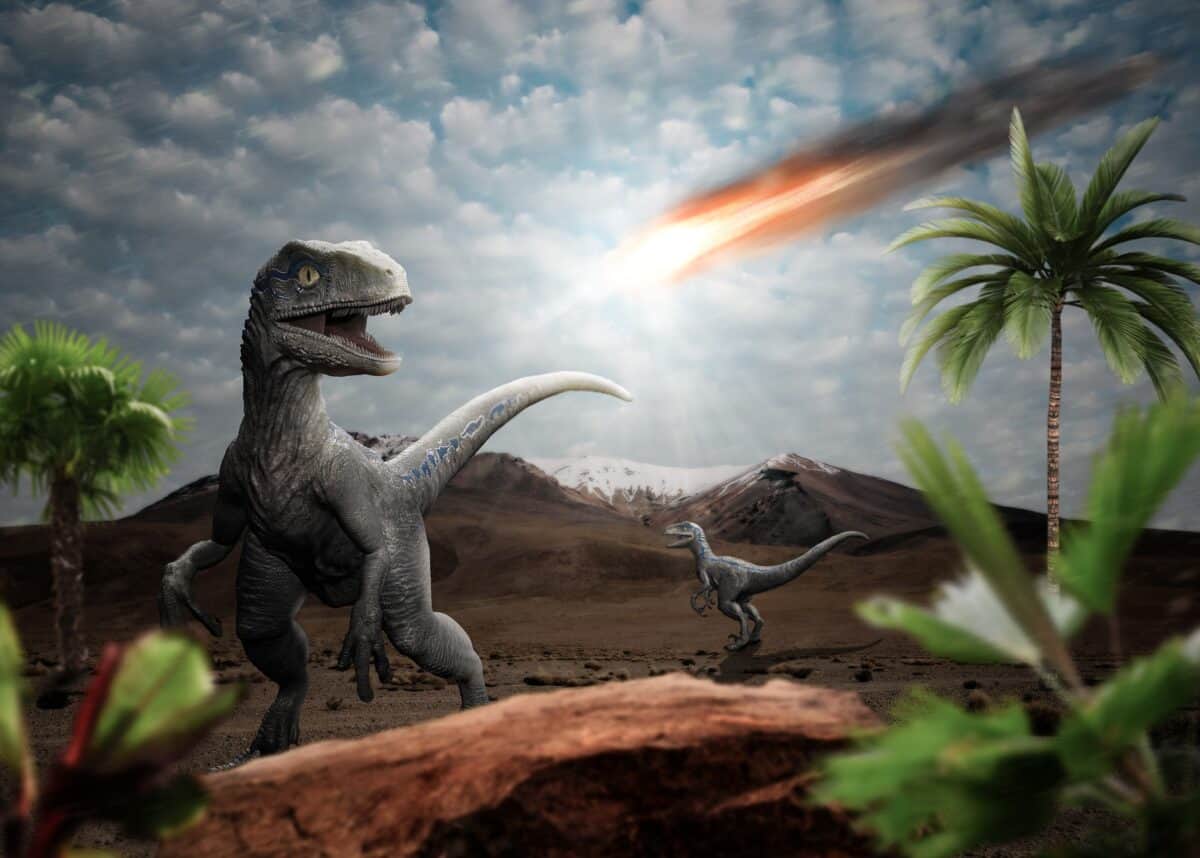Researchers from Perth-based Curtin University who are studying rock-dwelling micro-organisms deep beneath the site of the asteroid strike that wiped out the dinosaurs have discovered something wonderous – the ancient impact’s unbelievable power continues to influence the type of microbial life found there today.
The Aussie-based scientists used gene sequencing, cell counts and incubation experiments to study the micro-organism communities and found the geological deformation caused by the impact 66-million years ago is still shaping life beneath the site at Chicxulub in México.
Curtin PhD student Bettina Schaefer, from the university’s School of Earth and Planetary Sciences, said that while asteroid impacts caused severe disruption to surface-dwelling organisms and ecosystems, the resulting crater could be a perfect nurturing place for new life.
“The heat and pressure of the impact created a sterilised area that caused a localised extinction of the residing microbes,” Schaefer explained.
Took a million years for crater to cool enough for microbes to return
“However, roughly one million years after the impact the crater had cooled down to temperatures low enough for microbial life to return, and to evolve in isolation from life at the Earth’s surface over the last 65-million years.”
Associate Professor Marco Coolen, also from Curtin, said the study found the bacteria present in the nutrient-poor and still relatively hot (about 70C) impact-fractured granitic rocks in the lower parts of the crater differed significantly from the bacteria in the layer of rubble that filled the crater in the immediate aftermath of the impact.
They are also significantly different to the microbes present in marine sediments deposited in the crater millions of years later.
“The findings gave insight into microbial life in extreme environments and how life recovers from extreme events such as asteroid strikes,” Professor Coolen said.
Clues to how Earth may recover from ecological and other disasters
“As the deep microbial biosphere plays an important role in the global carbon cycle, it is of interest to investigate how the microbial communities were able to recover from this catastrophic geological event.
“With growing concern about a possible human-generated ecological disaster or asteroid impact, research into how life on Earth has responded to major environmental, ecological, and evolutionary change … is crucial to a greater understanding of the resilience of life on Earth.”
The full research paper has been published in the journal Frontiers in Microbiology. Its lead authors are Schaefer and Professor Charles Cockell from the University of Edinburgh in Scotland.
The research was funded by the Australian Research Council (ARC) and Australian and New Zealand IODP Legacy, supported by Curtin University.












